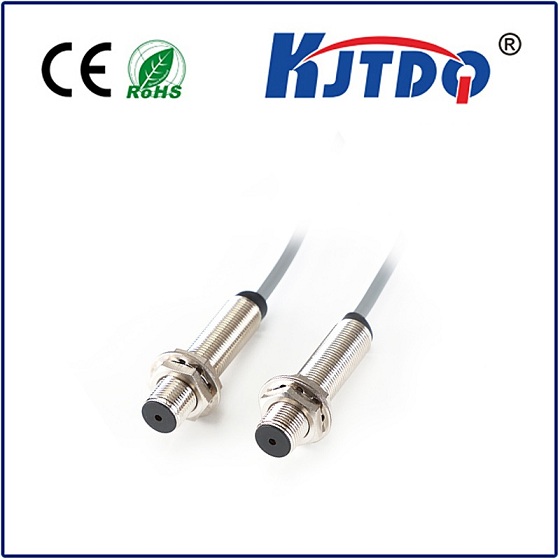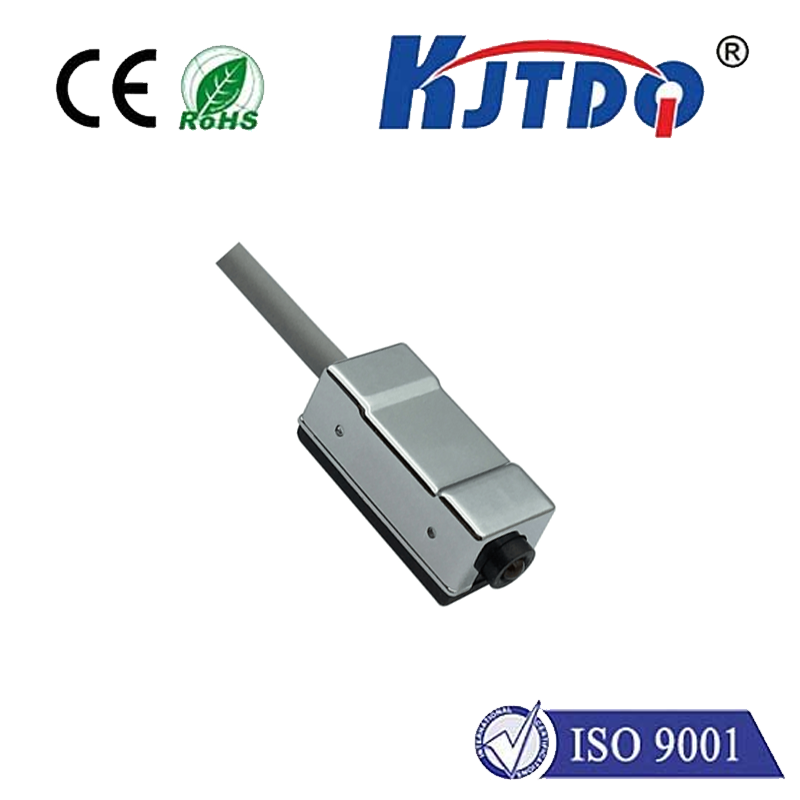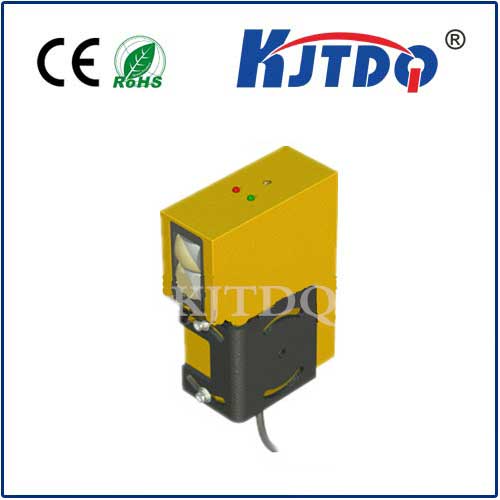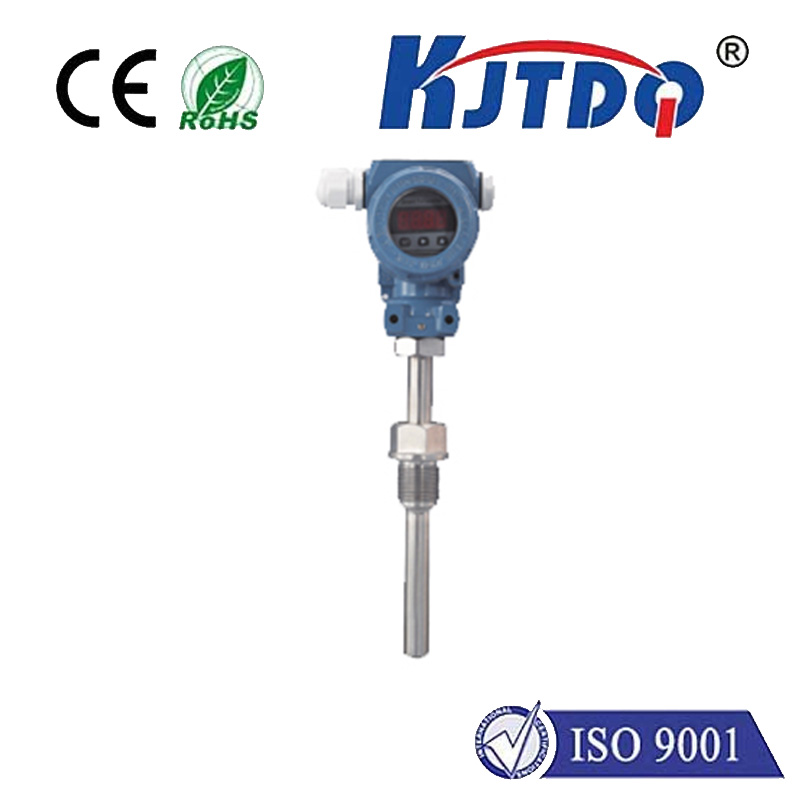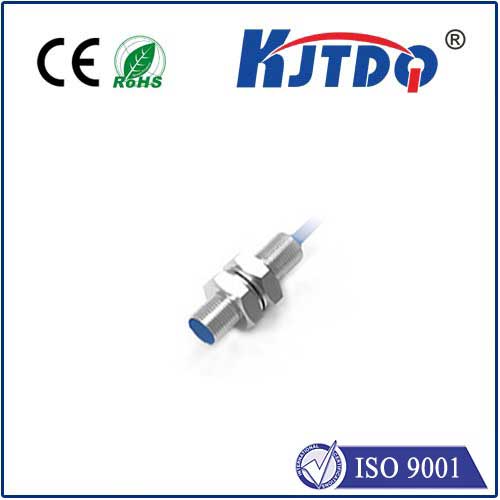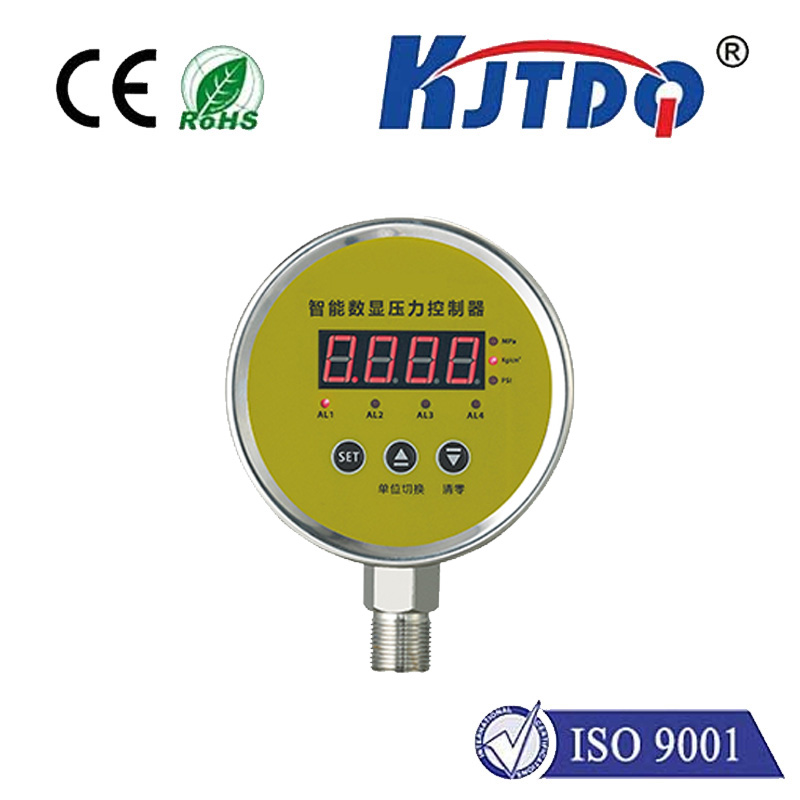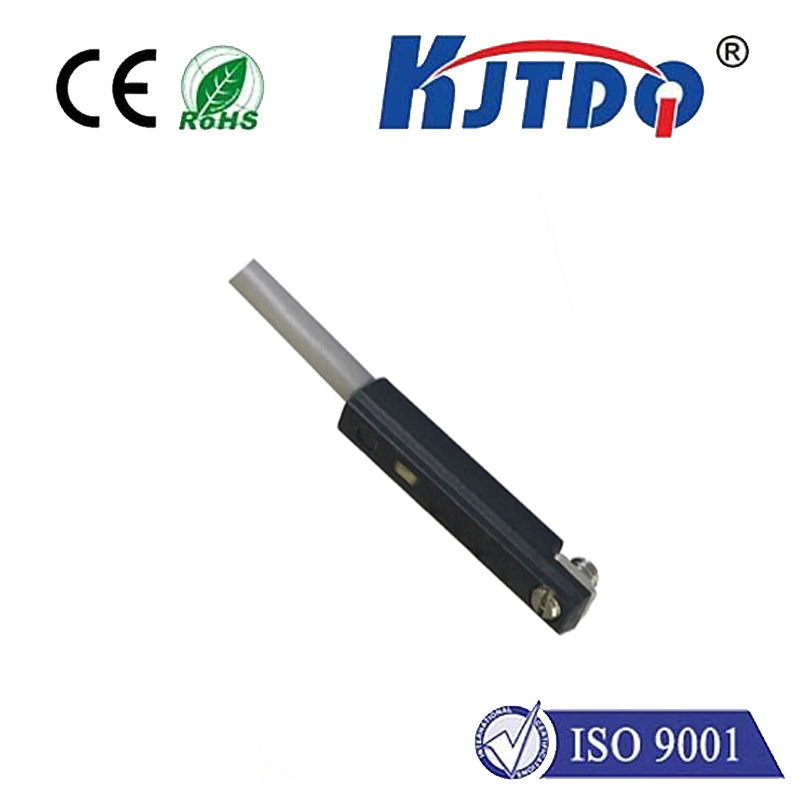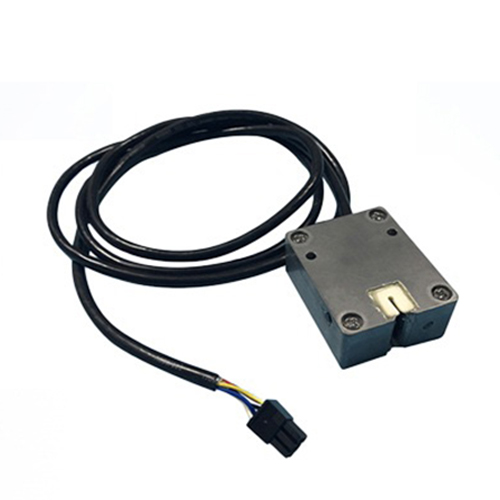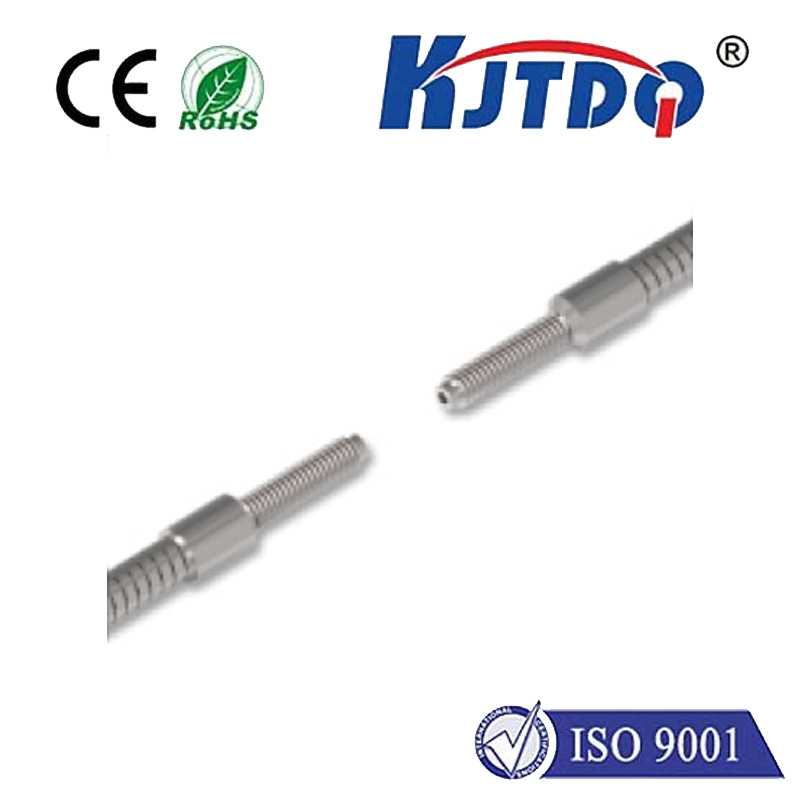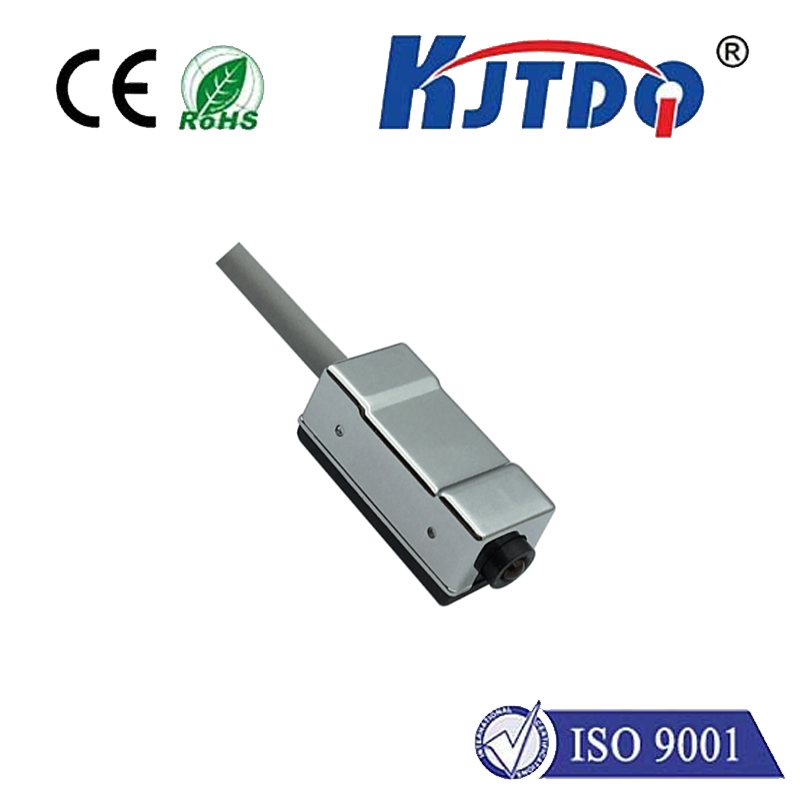

check

check

check

check

check

check

check

check

check

check
The integration of proximity sensors and LED indicators has revolutionized the way we approach automation. These two technologies have been designed to work together seamlessly, providing an unparalleled level of efficiency and visibility in a variety of industries. From industrial assembly lines to healthcare facilities, the possibilities for their application are endless.
Proximity sensors, also known as ultrasonic sensors or inductive proximity sensors, work by measuring the distance between a sensor and an object. When an object comes into contact with the sensor, it sends a signal that is then processed and interpreted by the system. This allows for real-time monitoring of objects, making it ideal for applications where precise positioning and tracking are crucial.
LED indicators, on the other hand, are a type of light emitting diode (LED) that can be used to indicate various states or conditions. These indicators can be programmed to change color or brightness based on different inputs, providing users with clear and concise feedback about the state of the system.
When combined, proximity sensors and LED indicators create a powerful tool for automation. By using proximity sensors to monitor the position and movement of objects, and LED indicators to provide feedback about system status, businesses can increase efficiency and improve overall productivity. Additionally, these technologies can enhance safety by providing early warning signs in case of potential accidents or malfunctions.
In conclusion, the integration of proximity sensors and LED indicators represents a major advancement in automation technology. By providing real-time monitoring and feedback, these two systems are enabling businesses to operate more efficiently and effectively than ever before. As the use of these technologies continues to grow, we can expect even greater innovations and improvements in the years to come
